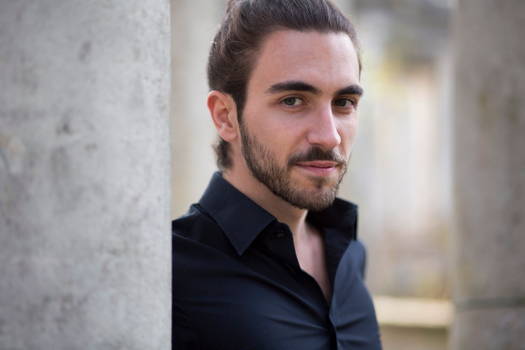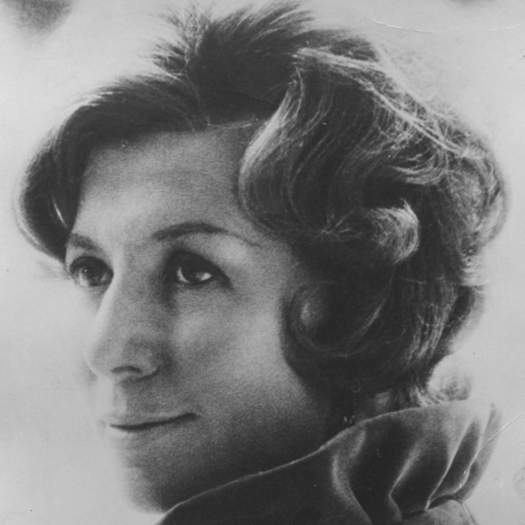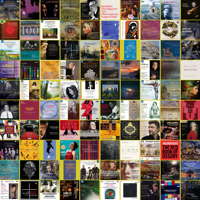- Wiren
- Beadlesound AGC
- Australian
- Elena Firsova
- William Crotch
- Daniel Domb
- Cecilia McDowall: Century Dances
- Bernadette Speach: Échange
DECEPTIVELY UNDEMONSTRATIVE

MIKE WHEELER listens to
Canadian/Romanian pianist Teo Gheorghiu
Canadian/Romanian pianist Teo Gheorghiu
Swiss-born Canadian/Romanian pianist Teo Gheorghiu has a deceptively undemonstrative platform manner. But there was no doubting the expressive and technical authority of his contribution to the Royal Concert Hall's Sunday morning piano series - Nottingham, UK, 27 January 2019.
In Enescu's own transcription of his Romanian Rhapsody No 1 - why do we so rarely get to hear No 2? - he brought lots of vitality to the lilt and sway of the dance tunes. He also has a knack of compelling you to pay attention to the quietest, most casual-seeming passages, like the flickering enchantment he brought to Enescu's imitations of the sound of the dulcimer-like cimbalom.

Teo Gheorghiu. Photo © 2015 Oihane Molinero
The big centre-piece was a Debussy sequence: a selection from both books of the Preludes, topped and tailed by two separate pieces. In 'Clair de Lune' from Suite Bergamasque, Gheorghiu demonstrated that it is possible to play with considerable amounts of rubato without it seeming self-indulgent.
Of his chosen Preludes, Danseuses de Delphes was coolly (in a positive way) serene and poised. In Les Sons et les Parfums Tournent dans l'Air du Soir, Gheorghiu judged the balance of the different layers to a nicety, coming as close as anyone I've heard to Debussy's ideal of treating the piano as an instrument 'without hammers'. The two-note figure that underpins Des Pas sur la Neige suggested not so much heavy, dragging footsteps as a tolling bell. La Fille aux Cheveux de Lin had all the apparently artless simplicity it needs, with some beautifully placed soft chimes at the end.
Gheorghiu's selection of mostly quiet and slow pieces would have benefited from a more outgoing, virtuoso piece like Ce qu'a Vu le Vent d'Ouest to redress the balance. But he did include La Sérénade Interrompue, focusing its Spanish character vividly, and the sly humour of Minstrels, showing off the cakewalk moments in all their strutting cockiness.
From Book Two came Feuilles Mortes, ending, like La Fille..., with some atmospheric chimes. The habanera that underpins La Puerta del Vino, was made to sound rich and dark without being unduly sinister. Finally, as though it was an extra Prelude, came Debussy's tongue-in-cheek palm court waltz La Plus que Lente. In Gheorghiu's hands it smooched and spun its way round the dance-floor with effortless grace.
It also served as the jumping-off point for Ravel's waltz apotheosis-cum-apocalypse La Valse. Here there was no lack of colour compared to the orchestral score, as Gheorghiu combined attention to detail with a clear view of the overall shape, leading to a fevered climax. The four-note figure that obliterates the triple time at the end was slower and heavier than I was expecting - effective, but I wouldn't want to hear it that way very often.
The encore, 'Sevilla', from Albéniz's Suite Española, was fresh and alert, with, at a couple of points, a curious echo (though it was actually written first) of a passage from Saint-Saëns' Fifth Piano Concerto, heard here from Stephen Hough, the Hallé Orchestra and Mark Elder just two nights before.
Derby UK




